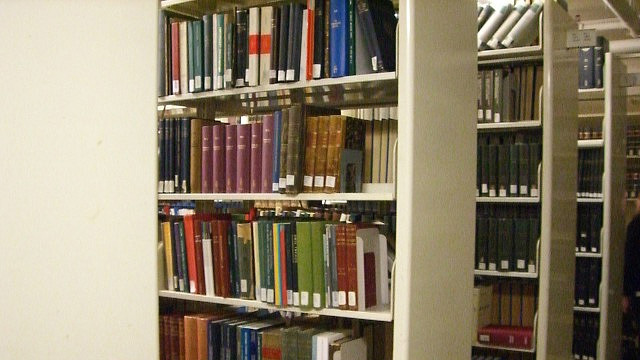But PBL is the near-term solution. The ultimate destination is to align education with the requirements of a process-based world. This means we need to invent and agree on a set of clearly prescribed methods that promote inquiry, permeate the learning environment, and become as embedded in education as the current content standards. The move to integrate 21st century skills into the curriculum is a start. But to really advance the cause, the following ideas will need to take root.
REDEFINE RIGOR. As the Google-age fully blossoms, the fundamental shift is from information to attitude. The instant, ubiquitous availability of knowledge puts enormous responsibility on the individual, as they try to sift through, discern, apply, and share information. This is not a simple cognitive exercise. Success in this environment requires a mix of self-awareness, empathy, and collaborative skills, as well as grit and self-direction. Eventually, the measure of student performance will be the demonstrated ability to use personal strengths to move gracefully through a connected world. We’ve started along this path, by the way. Portfolios measure personal growth and achievement; the best collaboration and teamwork rubrics assess empathy; many PBL teachers have found work ethic rubrics to be a great tool for measuring attitude and productivity.
BLEND CRITICAL THINKING, SOCIAL-EMOTIONAL LEARNING, AND OTHER VALUABLE SKILLS. In the search for better inquiry methods, the gaming industry has much to teach education. A case in point is a recent article by Mark Prensky, a leading games and learning advocate, who suggests reorganizing the curriculum into four areas that blend inquiry and performance. Let's call these the 4 E’s: Effective Accomplishment, including portfolios, content mastery, tests, and assessment; Effective Action, including goal setting, persistence, and work ethic; Effective Relationships, including communication, teamwork, and empathy; and Effective Thinking, including critical thinking, creativity, and content acquisition. There are several advantages to developing this framework, chief of which it recognizes that the foundation for today’s skills is emotional balance and self-awareness, and it integrates valuable skills into the curriculum core, rather than extending their current status as an add on to academic work.
TEACH INQUIRY SKILLS. Creativity, problem-solving, design thinking, and critical analysis are learnable skills that benefit from intentional instruction. The options are many, starting with exercises in creativity and brainstorming, regular use of protocols to practice sharing and giving feedback on divergent ideas; and consistent assessment of the inquiry process using high quality performance rubrics for problem solving, design or creativity. We’ve also made inroads here. The eight Mathematical Practices accompanying the CCSS math sequence is an impressive guide to inquiry skills. But so far it's been difficult to locate a missing link: A performance rubric for students that defines their level of performance on each practice.
MAKE COHORTS AND TEAMS THE PRACTICE, NOT THE EXCEPTION. Probably the most deeply embedded norm of industrial education, originating from the 15th century, is the ideal of the individual scholar. The default mode is to aim teaching at a single student, and assess and recognize accomplishments gained through individual performance. But we must shift this towards
team learning. The collaborative world succeeds through interaction and exchange, and it's important to move towards deep, peer-driven learning and performance. A supportive team that meets regularly during the course of a unit will provide feedback and help each student produce a better individual product. In an inquiry-based classroom, this should be standard practice.
SEE THE BALANCE BETWEEN INQUIRY AND CONTENT AS A DYNAMIC. This dilemma—<Should I teach content or turn students loose to figure out things on their own?—is at the heart of the debate over teacher preparation for the CCSS. Knowing when to teach directly, or allow for problem solving, is a high art. But that is what inquiry-based education demands. For some content, the best choice is <just teach it. Other topics can’t be taught, but must be learned through discovery, trial and error, or prototyping—all of which require more time. In an inquiry-based world, lesson design allows for fluidity, mini-lessons, and ample time for process. Success relies on whether teachers have the ability—and give themselves permission—to move back and forth between content and process.
THE CIRCLE OF CONTROL. The chief obstacle to an inquiry-based system is us. To give up a content-based curriculum, with its deep traditions, proven techniques for controlling behavior and outcomes, and dominating, standardized regimen, feels like giving a 14-year old the keys to the car and a full tank of gas. It’s scary. The shift into the next, non-industrial phase of schooling is a psychological issue, not just a logistical one. The world that is opening up requires faith that something new, and better, is being born, but in the short term, it can feel like it’s falling apart. But I’ll leave you with two thoughts. First, it’s happening, whether we agree or not. Second, we’ll need good minds to figure it out, meaning more of those young people in your classroom who have been well trained in the art and skill of inquiry.


